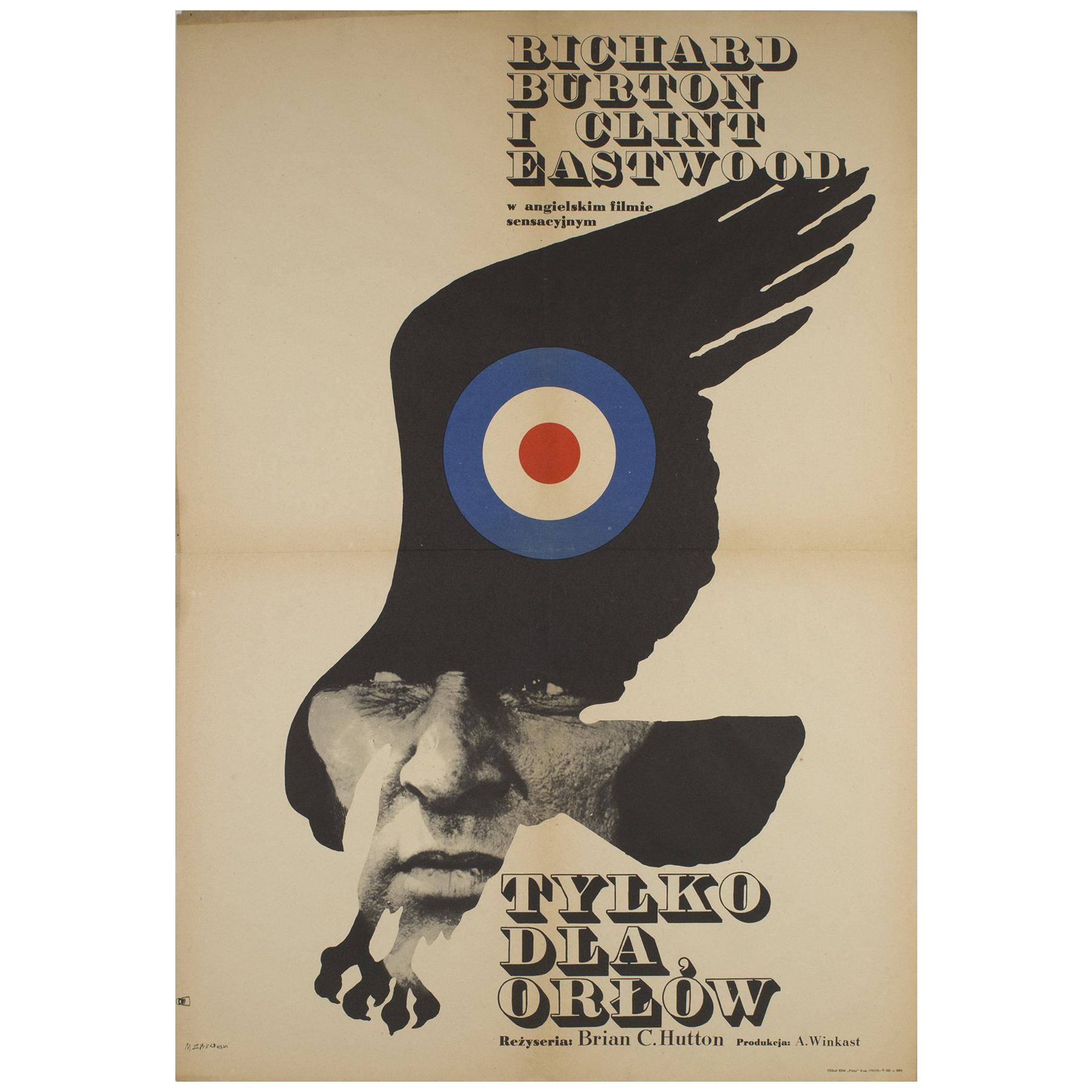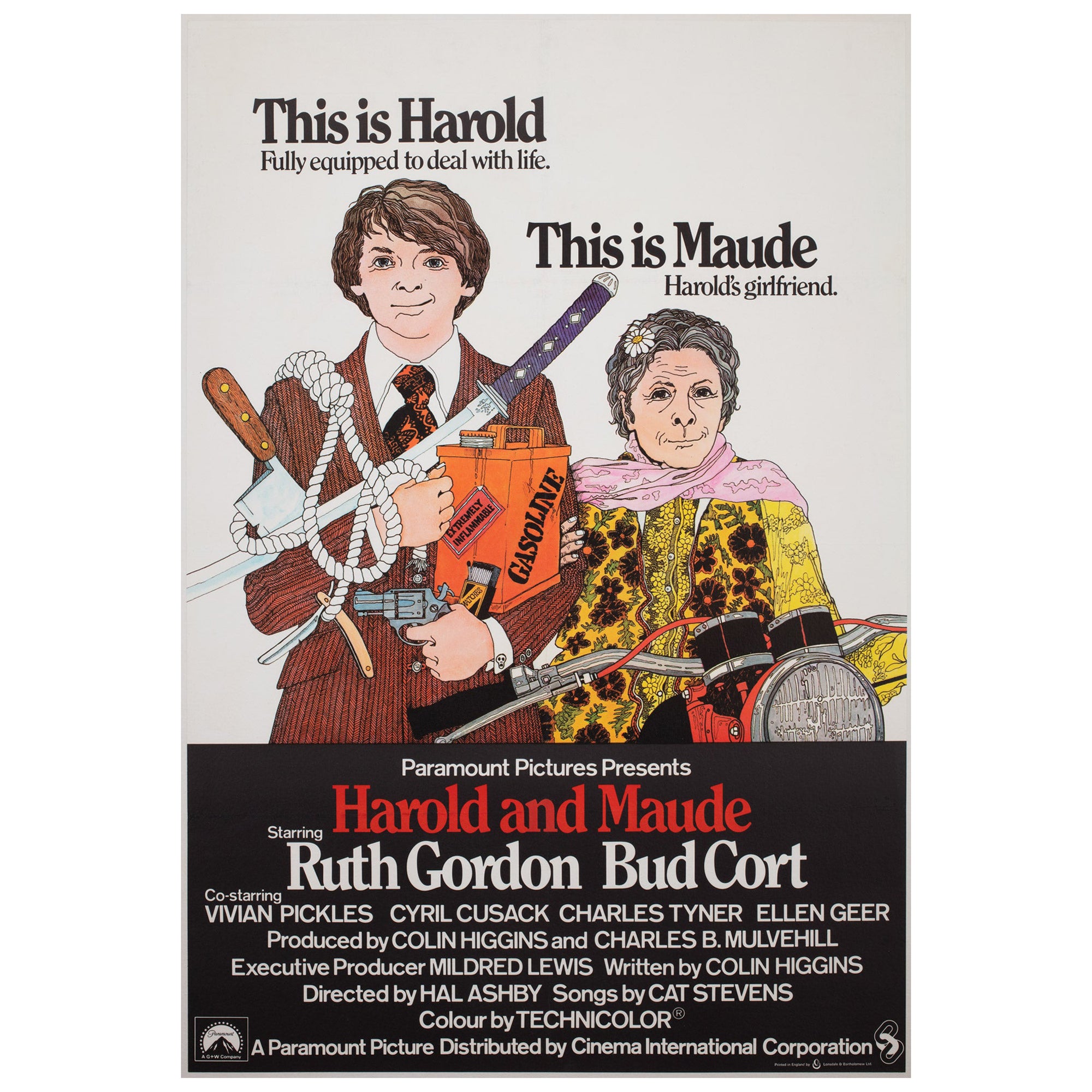Items Similar to Max Bill Geneve Musee Serigraph, 1972
Want more images or videos?
Request additional images or videos from the seller
1 of 12
Max Bill Geneve Musee Serigraph, 1972
About the Item
Max Bill (1908-1994) Geneva Museum exhibition serigraph, created to accompany the exhibition of works by Max Bill held from 6 April through 30 April 1972 at the Musee Rath in Geneva, Switzerland.
Presented under glass with a silver toned metal frame with wire on back. Poster shows a lozenge form depicting geometric division of color
Max Bill trained at the Bauhaus in the 1920s under Josef Albers and was an architect and graphic designer as well as an artist. In his work he aimed to transcend personal artistic expression to achieve universal communication, and to this end he used mathematics as a neutralizing compositional device.
- Creator:Max Bill (Artist)
- Dimensions:Height: 38 in (96.52 cm)Width: 26.5 in (67.31 cm)Depth: 0.75 in (1.91 cm)
- Style:Mid-Century Modern (Of the Period)
- Materials and Techniques:
- Place of Origin:
- Period:
- Date of Manufacture:1972
- Condition:Wear consistent with age and use. No issues. Ready to hang.
- Seller Location:Hanover, MA
- Reference Number:1stDibs: LU886621755612
About the Seller
4.9
Vetted Seller
These experienced sellers undergo a comprehensive evaluation by our team of in-house experts.
Established in 2008
1stDibs seller since 2010
961 sales on 1stDibs
Typical response time: <1 hour
- ShippingRetrieving quote...Ships From: Hanover, MA
- Return PolicyThis item cannot be returned.
More From This SellerView All
- Italian WWI War Bond Poster by G. Capranesi (1852 - 1925)By G. CapranesiLocated in Hanover, MAItalian World War I Poster "Sottoscrivete Al Prestito" by artist G. Capranesi. Printed 1917 by Del'Istituto Itlaiano D'Arti Grafiche-Bergamo, 54...Category
Early 20th Century Italian Beaux Arts Posters
- Metal Wall Plaques of Stylized Wine Bottles By SextonBy SextonLocated in Hanover, MA1950's wall plaques made of colorfully enameled cast metal in form of stylized wine bottles. Various configurations possible as some are singles while others are doubles and triples...Category
Vintage 1950s American Mid-Century Modern Wall-mounted Sculptures
MaterialsMetal
- "Transmutation" by Bernhard Rohne, Acid Etched Brass Panel in Frame 18/100By Bernhard RohneLocated in Hanover, MAFramed acid etched brass panel by Bernhard Rohne. 32 inches wide by 24 inches high. Signed and dated lower left "Bernhard Rohne 18/100 1. Feb. '78" The title of this work is "Transmutation" and comes from a series of "space" related designs begun for the 1975 gallery opening...Category
Vintage 1970s Canadian Mid-Century Modern Wall-mounted Sculptures
MaterialsBrass
- Art Deco Cobalt Blue Wall MirrorLocated in Hanover, MA1930s American star pointed midnight blue glass mirror with round beveled glass silver mirror applied on center with four chromed cap fittings, clipped to thin wood back. Most likely...Category
Vintage 1930s American Art Deco Wall Mirrors
- E. G. Cody Framed and Embossed Pewter Plate PanelLocated in Hanover, MAEmbossed pewter plated paper panel elegantly mounted and framed in a silver gilt wood frame. Label on verso "E. G. Cody Pewter Plate Series" One owner. Extremely clean.Category
Vintage 1980s American Post-Modern Decorative Art
MaterialsPewter
- Max Kuehne Style Nightstand by HenredonBy Max KuehneLocated in Hanover, MASingle nightstand with an open cabinet and single drawer above, the face of which has been decoratively incised with a pattern of flowers and embellished with solid brass belting, circa 1959. Very clean inside and out. Patination to brass. Discretely concealed electric cord for your lamp and phone...Category
Vintage 1950s American Mid-Century Modern Night Stands
MaterialsBrass
You May Also Like
- 1972 Munich Olympic Games - Max Bill Original Vintage PosterBy Max BillLocated in Winchester, GBSwiss artist & graphic designer Max Bill was one of 29 artists commissioned to produce posters for the 1972 Munich Olympic Games. In the run-up to the 1972 Games, the Organising Comm...Category
Vintage 1970s German Posters
MaterialsPaper
- Vintage Pablo Picasso Exhibition Poster from Musée Galliéra, France, 1956By (after) Pablo PicassoLocated in Copenhagen K, DKPablo Picasso France, 1956 “Les Peintres Témoins de leur Temps” Musée Galliéra. Vintage exhibition poster. Measures: H 78.5 x W 53 x D 2.5 cm.Category
Vintage 1950s French Posters
MaterialsOther
- "Mad Max", 1979 UK 1 Sheet Film PosterBy Tom BeauvaisLocated in Bath, SomersetWonderful poster for 1970s Classic “Mad Max” featuring superb artwork by Beauvais. A rare poster, especially in rolled condition.Category
20th Century British Posters
MaterialsPaper
- "Where Eagles Dare" Original Polish Film Poster, Maciej Zbikowski, 1972By Maciej ZbikowskiLocated in Bath, SomersetFabulous poster for the 1970s War classic film Where Eagles Dare with wonderfully inventive Polish artwork. From the first year of release in Poland ...Category
20th Century Polish Posters
MaterialsPaper
- Harold and Maude Original 1972 UK 1 Sheet Film Movie PosterLocated in Bath, SomersetWonderful original British film poster for 70s quirky romcom classic Harold & Maude. The UK 1 Sheet features arguably the best artwork for the title. A very rare and collectable post...Category
20th Century British Posters
MaterialsLinen, Paper
- Dracula A.D. 1972 UK Quad Film Movie Poster, Tom ChantrellBy Tom William ChantrellLocated in Bath, SomersetOutstanding Tom Chantrell artwork for “Dracula A.D.1972” makes this country-of-origin first-year-of-release, UK Quad film poster from 1972, a real favourite for many Hammer poster co...Category
20th Century British Posters
MaterialsLinen, Paper
Recently Viewed
View AllMore Ways To Browse
Vintage Bills
Silver Poster
Mid Century Museum Poster
1920s French Posters
Bauhaus Poster
1920S Vintage Posters
Bauhaus Exhibition Poster
Vintage Furniture Geneva
French Train Posters
Geneve Silver
Retro Bauhaus Poster
Universal Geneve
Universal Geneve Used
Geneva Switzerland Poster
Geneve Poster
Large Vintage Wall Map
Antique French Travel Posters
Retro Style Movie Poster





